Applications Of Zirconium Dioxide
Zirconium Dioxide (Zirconium Dioxide) is the principal oxide of Zirconium and, under standard conditions, exists as white, odourless and tasteless crystals that do not dissolve in water, hydrochloric acid or diluted sulphuric acid. Zirconium dioxide is chemically inert, exhibits a melting point of 2 700℃, has high specific electrical resistivity, a high refractive index and low thermal expansion. In this article we examine the applications of zirconium dioxide.
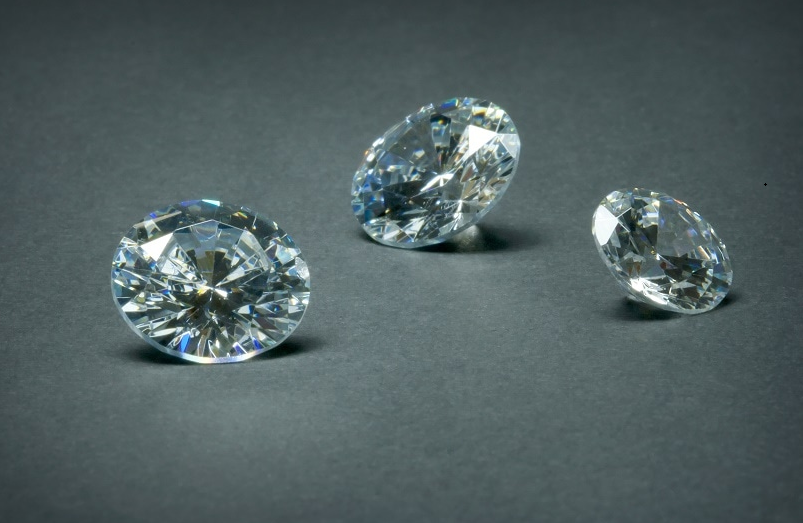
Applications of Zirconium Dioxide
Applications of Zirconium Dioxide – 1. Refractory Materials from Zirconium Dioxide
(1). Zirconium Dioxide Crucibles
Zirconium dioxide crucibles maintain stability when heated above 1 900℃. Even at elevated temperatures, the material does not react with molten aluminium, iron, nickel, platinum or other metals, silicates or acid slag. Consequently, these crucibles are used to melt platinum, palladium, ruthenium, caesium and other Platinum Group metals and their alloys. They are also employed for melting potassium, sodium, quartz glass, oxides and salts.
(2). Refractory Zirconium Dioxide Fibres
Zirconium dioxide fibres are the sole refractory ceramic fibres suitable for use in environments exceeding 1 600℃. They can withstand higher temperatures than aluminium oxide, mullite or aluminium silicate fibres and maintain stable chemical performance. Given that they are resistant to both corrosion and oxidation, these fibres neither sublimate nor create contamination.
(3) Zirconium Dioxide Refractory Oven Materials
Zirconium dioxide is utilised as a refractory material in key components of large glass furnace chambers. Earlier formulations contained between 33% and 35% zirconium dioxide. The Asahi Glass Company (Japan) developed a refractory material comprising 94% to 95% zirconium dioxide, which was applied to upper and critical furnace parts; this change increased the furnace’s operational life.
Applications of Zirconium Dioxide – 2. Structural Zirconium Dioxide Ceramics
(1) Zirconium Dioxide Ceramic Bearings
Bearings made entirely from zirconium dioxide offer non-magnetic behaviour and electrical insulation. They present wear resistance, corrosion resistance, self-lubrication without oil, high temperature endurance and low-temperature resilience. Their design permits use in highly demanding environments and under specific operating conditions.
(2) Zirconium Dioxide Ceramic Valves
Zirconium dioxide ceramic valves exhibit high wear resistance, corrosion resistance and thermal shock resistance at elevated temperatures.
(3) Zirconium Dioxide Abrasives
Grinding balls made from zirconium dioxide possess high hardness and a low wear rate. They provide extended service life and significantly reduce contamination of abrasive materials. Their high density and impact energy increase grinding and dispersion efficiency, thereby reducing overall grinding time.
Applications of Zirconium Dioxide – 3. Functional Zirconium Dioxide Ceramics
(1) Zirconium Dioxide Ceramic Components for Ballpoint Pens
(2). Zirconium Dioxide Ceramic Knives
Ceramic knives of zirconium dioxide are manufactured with high strength and wear resistance. They do not oxidise or rust, and offer resistance to both acids and alkalis. Their antistatic properties and compatibility with food materials qualify them for utilitarian use.
(3). Zirconium Dioxide High Temperature Heating Elements
Zirconium dioxide conducts electricity above 1 000℃ and can operate as a heating element at 1 800℃. Its maximum operating temperature reaches 2 400℃. It is currently applied in heating elements and devices in oxidising atmospheres that exceed 2 000℃.
(4) Bio-Ceramics from Zirconium Dioxide
Porcelain dental restorations made from zirconium dioxide are produced without a metallic substructure. This method delivers good translucency and a defined gloss, thereby reducing issues such as dental hypersensitivity and dark gingival contours. Furthermore, the material offers good biocompatibility, does not irritate the oral mucosa and is simple to clean.
(5). Zirconium Dioxide Coating Materials
Thermal insulation ceramic coatings based on zirconium oxide and stabilised with Y2O3 are employed in high-performance turbines for aircraft engines.
(6) Communication Materials from Zirconium Dioxide
In ceramic PC connectors for optical fibres, the pin housing is fabricated from zirconium dioxide.
(7). Zirconium Dioxide Oxygen Sensors
Applications of Zirconium Dioxide – 4. Decorative Materials from Zirconium Dioxide
(1). Zirconium Dioxide Gemstone Materials
Gemstone materials from zirconium dioxide are classified as either natural cubic zirconium dioxide or synthetic cubic zirconium dioxide. Synthetic cubic zirconium dioxide exhibits good optical properties and is used as an affordable alternative to diamonds.
(2). Zirconium Dioxide Ceramic Jewellery
Zirconia ceramic jewellery includes silver items with zirconia inlays, accessories made purely from zirconia and functional decorative items. Typical products comprise ceramic watch cases, bezels, bracelets and related accessories.
Conclusion
Thank you for reading this article. We trust it has enhanced your understanding of the applications of zirconium dioxide. If you require additional details on zirconium dioxide, please visit Stanford Advanced Materials (SAM) for further information.
As a worldwide supplier of zirconium dioxide, Stanford Advanced Materials (SAM) has over two decades of experience in manufacturing and supplying zirconium dioxide products. Their products satisfy strict research and production requirements. Therefore, Stanford Advanced Materials (SAM) is expected to be your preferred zirconium dioxide supplier and business partner.

 Bars
Bars
 Beads & Spheres
Beads & Spheres
 Bolts & Nuts
Bolts & Nuts
 Crucibles
Crucibles
 Discs
Discs
 Fibers & Fabrics
Fibers & Fabrics
 Films
Films
 Flake
Flake
 Foams
Foams
 Foil
Foil
 Granules
Granules
 Honeycombs
Honeycombs
 Ink
Ink
 Laminate
Laminate
 Lumps
Lumps
 Meshes
Meshes
 Metallised Film
Metallised Film
 Plate
Plate
 Powders
Powders
 Rod
Rod
 Sheets
Sheets
 Single Crystals
Single Crystals
 Sputtering Target
Sputtering Target
 Tubes
Tubes
 Washer
Washer
 Wires
Wires
 Converters & Calculators
Converters & Calculators
 Write for Us
Write for Us
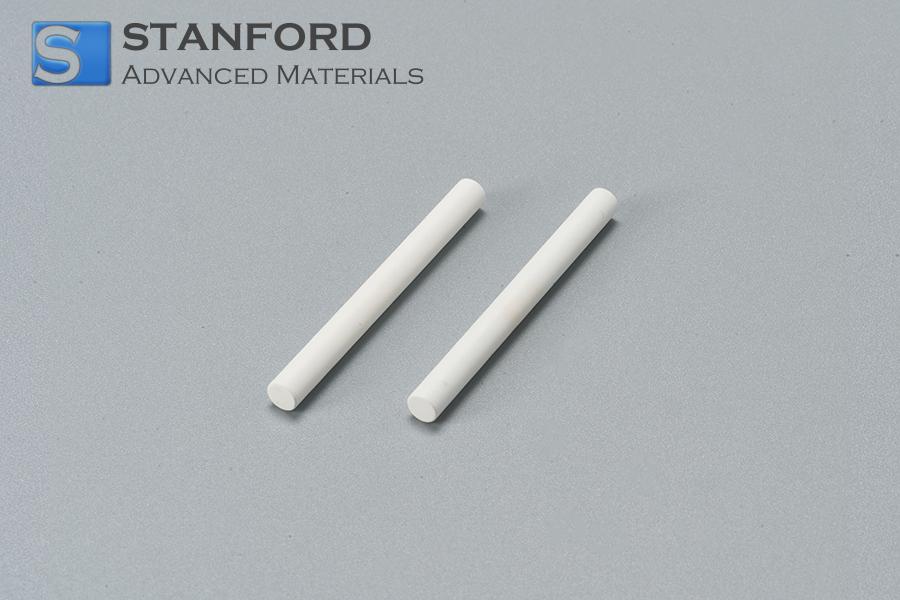
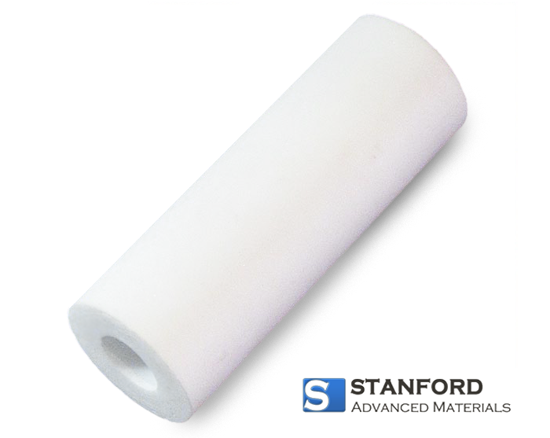
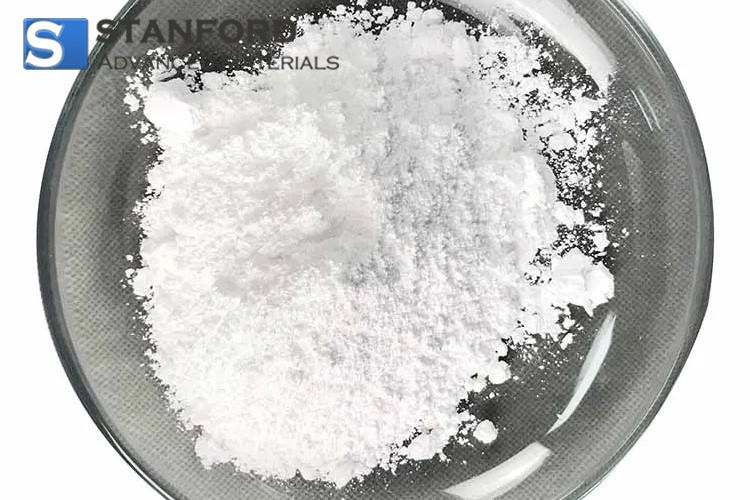
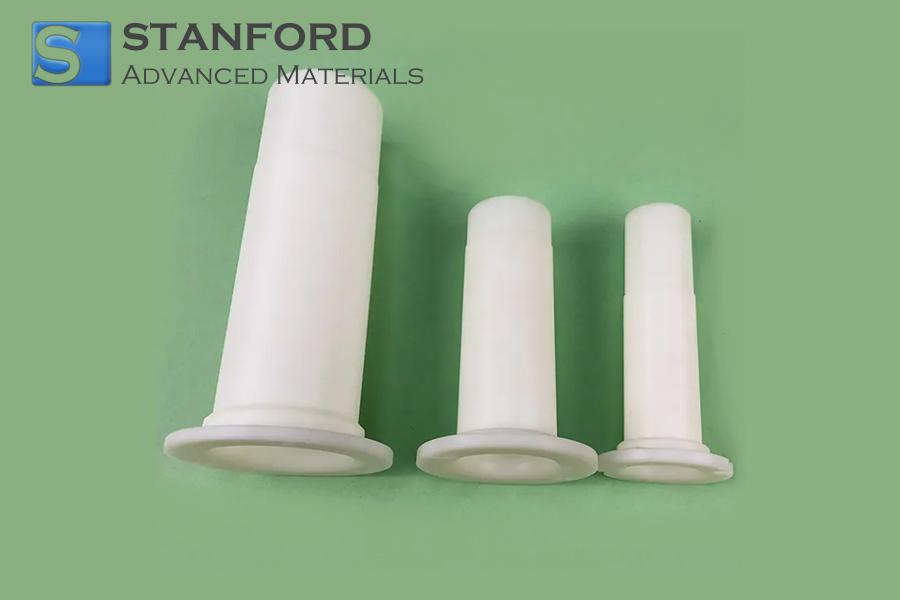
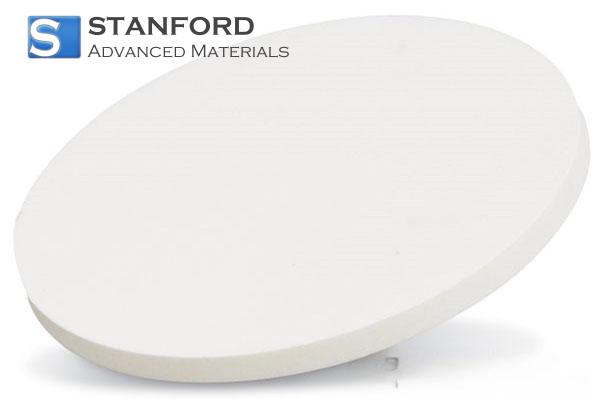
 Chin Trento
Chin Trento



